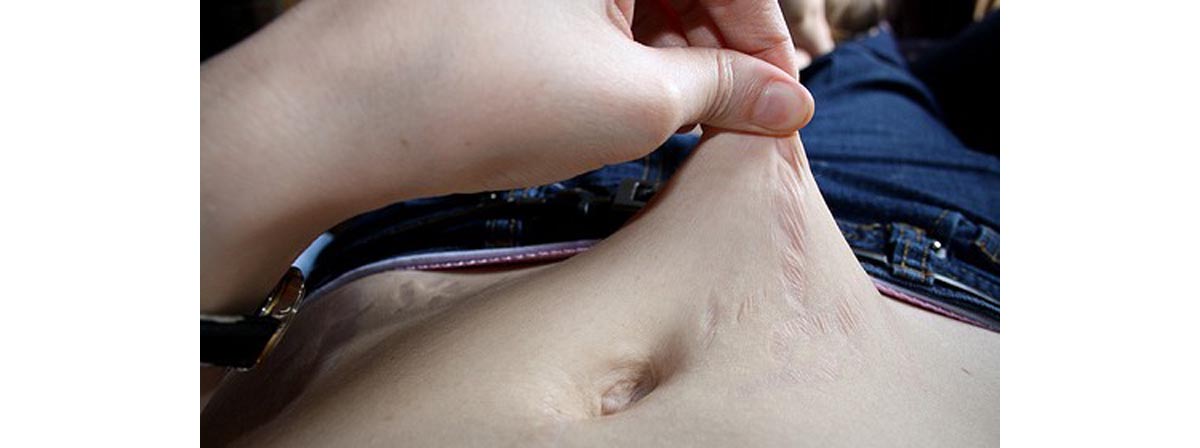Table of Contents
Looking pregnant after giving birth is very normal, but hardly what you were hoping for. Though walking is completely safe in the weeks after you give birth, all postpartum mothers should acknowledge that recovering from pregnancy and birth takes time.

Lochia, or postpartum bleeding, usually takes four to six weeks to subside. Your abdominal muscles will also need time to move back together after being separated to accommodate your growing baby. If you start working out too early, you can end up with diastasis recti, a permanent separation of the abdominal muscles. This is not charming.
Once you get the green light, you can start doing more rigorous workouts. You should always include some type of cardio exercise in your regime. For moms looking after small babies, jogging with the baby in a jogging stroller or cycling are the best options. You can use an indoor training bike for cycling, but once your baby can sit (at around six months), you can also use a kid seat on your real bike, and show your little one the world!
For your abs and other muscles, I recommend following along with Steady Health's exercise videos when your baby takes a nap. You may not be able to do a lot all at once, but every little bit counts. The Steady Health videos are really excellent (I've been using them myself recently!), and have the advantage that they don't require you to go to a gym or pay any money. A yoga mat, fitness ball and some dumbbells will really help you but you don't strictly need them.
Fighting Fatigue And Recovering Emotionally
Midnight heartburn, frequent bathroom trips and plain insomnia probably familiarized you with exhaustion while you were still pregnant. Now that you have a frequently-waking baby, it's a whole other story.
Do you have trouble getting through the day without falling asleep on the spot? If you are on maternity leave, don't fight the urge and sleep when your baby does. Some moms just can't seem to fall asleep during the day. In that case, you can still place your baby on your bed while you sleep, and read a great book, watch a movie, or browse the internet. This isn't as good as a full nap, but it will still help.
How about the house? Hire a cleaning lady or get your mom, a relative or a friend to help out (your partner is exhausted too, so don't even go there — believe me, this will lead to trouble).
The “baby blues” is another phenomenon that lots of new moms encounter. Crying, feeling emotional, and worrying if you are really cut out to be a mom are normal within the first few weeks. If, on the other hand, you find yourself having suicidal thoughts, not enjoying your baby at all, or losing all interest in... everything, you may be dealing with signs of postpartum depression.
Postpartum depression is also a normal occurrence, but a very difficult one that definitely needs professional help to get through. It is a good idea for pregnant women to ask people around them to watch out for signs of PPD once they give birth, because it can be hard to self-diagnose. Once you or someone around you spots the signs, your family doctor or OBGYN are good places to start looking for help.
- Photo courtesy of Philip Beyer by Flickr : www.flickr.com/photos/pjbeyer/376906974/
- Photo courtesy of Veronica Foale by Flickr : www.flickr.com/photos/sleeplessnights/3835970413/


Your thoughts on this